It’s that time of year again: Milano Salone, often simply referred to as Milan Design Week. Each year we cover various Japanese designers who are showcasing new work. But this year feels like Japan – from solo exhibitions to behind-the-scenes staging – has a larger presence than usual.
So we thought we would round up all the Japanese design that’s on display this year. We’ll be posting individual items of particular interest but here you’ll find it all: everything from inflatable bonsai to groundbreaking toothbrush technology.
Nendo exhibits over 100 products designed over the past year
We’ve said it before and we’ll say it again. Nendo is probably busiest design studio in Japan. And this exhibition proves it. Nendo Works 2014-2015 presents a year’s worth of work by the studio’s founder Oki Sato at Milan’s Museo della Permanente.
There are over 100 products. That’s almost 1 new product every 3 days! You can see more pictures here.
Nendo Collaborates with Luca Nichetto on popsicle-inspired lamp
As if the solo exhibition wasn’t enough, Nendo is also showcasing kurage, a soft lamp reminiscent of a floating jellyfish. Designed for Foscarini, the lamp was designed by carving the ends of 12mm diameter Japanese cypress posts flat like Popsicles.
Tokujin Yoshioka’s crystal planet and twisted ottoman
Artist and designer Tokujin Yoshioka is releasing two new items, both of which utilize complex configurations. Continuing his 7-year collaboration with Italian design company Kartell, he’s created a glittering lamp that looks like a mesmerizing planet.
And working with furniture brand Moroso, Yoshioka designed an ottoman, pouf and stool that looks like it’s been twisted. It was specially designed for the new Issey Miyaka flagship store that just opened in Marunouchi, Toyko.
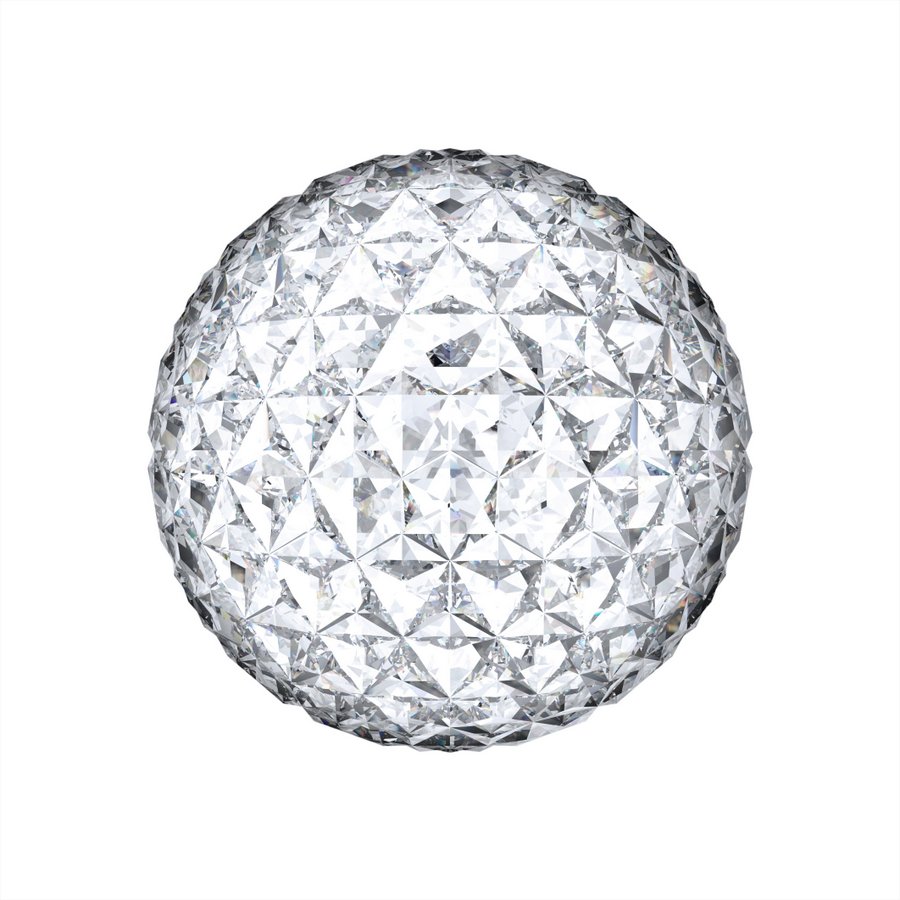
“PLANET” is a glittering lamp that was created by configuring complex facets that diffuses light randomly.
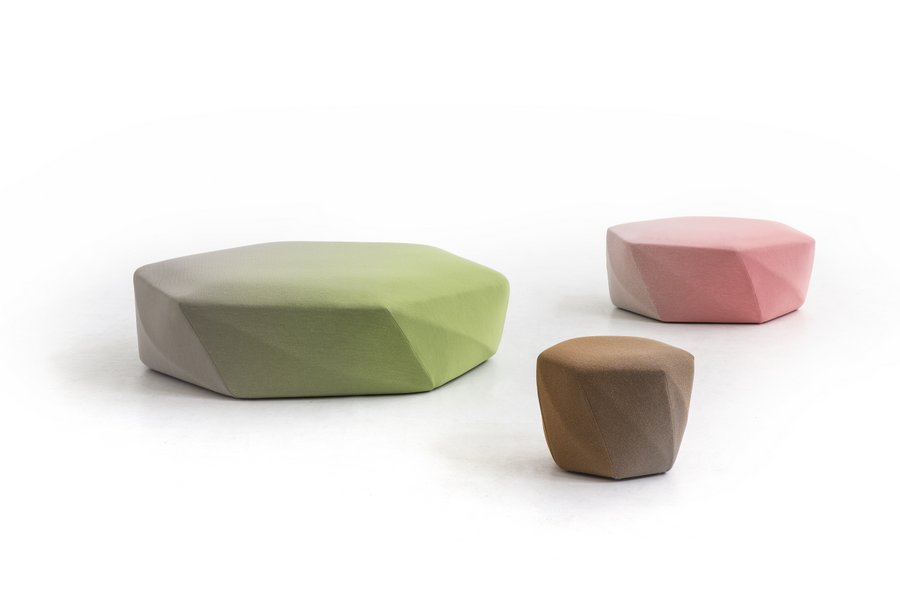
“Brook” is an ottoman, pouf and stool that features a complex composition of facets that came to life by experimenting with 3D technology.
A toothbrush that promises to change the way you brush
Toothbrush meets nanotechnology. That, in essence, is the Misoka toothbrush developed by designer Kosho Ueshima for Yumeshokunin. The company, which focuses on the development of mineral technology, says you’ll never have to buy toothpaste again. They do, however, want you to buy a new toothbrush every month.
The technology relies on special bristles coated in nanosized mineral ions which pass from the bristles onto the brusher’s teeth. It keeps working as long as you replace your toothbrush on a monthly basis. But we’re still going to have to find something to make our breath smell nice, right?
Karimoku New Standard’s chair that links up to others like shopping carts
Karimoku New Standard takes over an apartment in the Brera district to present prototypes of their latest pieces. This includes a chair designed by Christian Haas that mimics the way shopping carts link up together.
In addition to the furniture, the exhibition circles around the story and the making of Karimoku New Standard through personal photographs and a short movie by Japanese photographer Norio Kidera.
A sponge stool stool inspired by fondue
Satsuki Ohata’s Fondue Stool was made by dipping sponge into PVC and drying it to a solid state. The production process is similar to cheese fondue, hence the name. It’s on display at Milano Salone Satellite.
Tokyo Midtown Award showcases previous winners
The Tokyo Midtown Award is an annual design contest. This year it’s traveling to Milan where a group of past award winners will showcase their designs. The exhibition was designed, in part, by Makoto Tanijiri and his Suppose Design Office.
On display will be 22 products that include an inflatable bonsai, a surprise nesting doll and kabuki moisture packs for your face.
Schemata Architects designed Vitra’s industrial exhibition space
Schemata Architects, recently in the news for designing Blue Bottle Coffee’s new Tokyo locations, was tasked with creating an exciting exhibition space for swiss high-end furniture maker Vitra.
Momento: Nao Tamura creates an exquisite lamp inspired by droplets of water
“There is a moment when a clinging bead of water, in quiet orb-like suspension, becomes a droplet,” says Brooklyn-based Japanese designer Nao Tamura. Interpreting an immediate dialogue between nature and technology, Momento, her new creation for Wonderglass, captures the very moment of a water-drop falling from a leaf.
It freezes that instant of ephemeral beauty and turns it into a source of light.
Ryosuke Fukusada designs magazine racks lamps and a maiko-inspired vanity table
Working primarily with international clients, Kyoto-based designer Ryosuke Fukusada has teamed up with 4 different companies and is displaying work in 4 different locations. Here’s a pdf that breaks everything down.
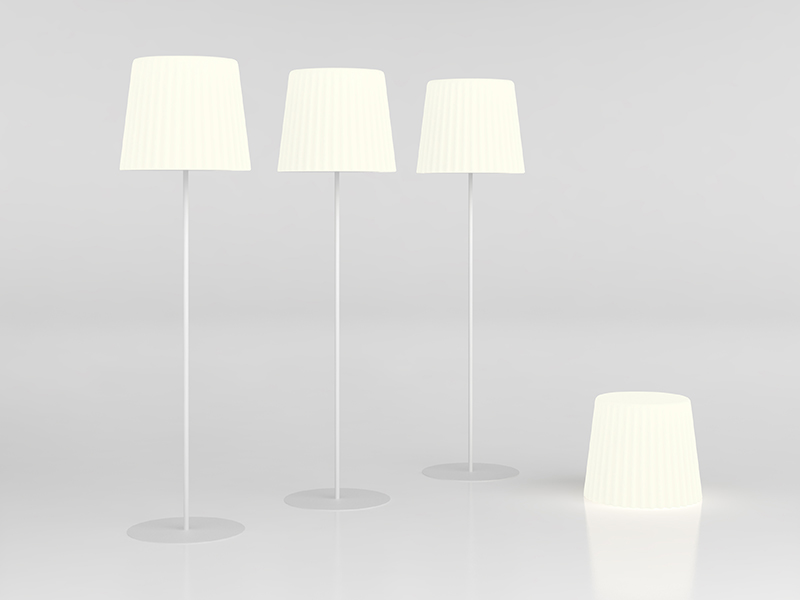
The iconic shape of a muffin ‒ inspired by the simple geometric shape of the famous American cake mould has reutilised in the“ Muffin Lamp” floor lamp.
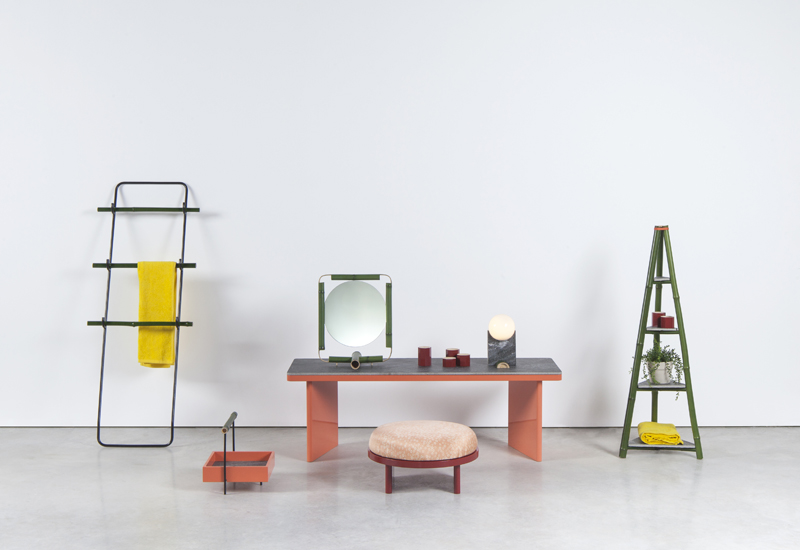
a vanity table incorporating Japanese elements like zabuton. It’s titled Osiroi, and is named after the white powder used by Japanese Maiko to cover their face and neck, has the power to transform the perception of a simple human being into a divine creature.

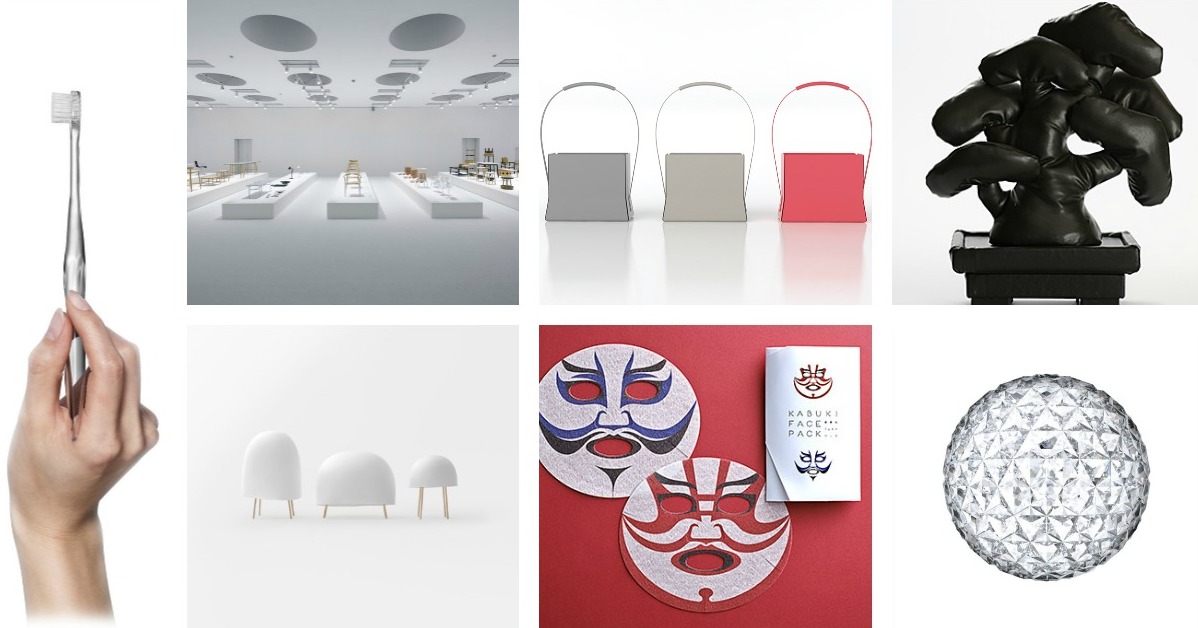
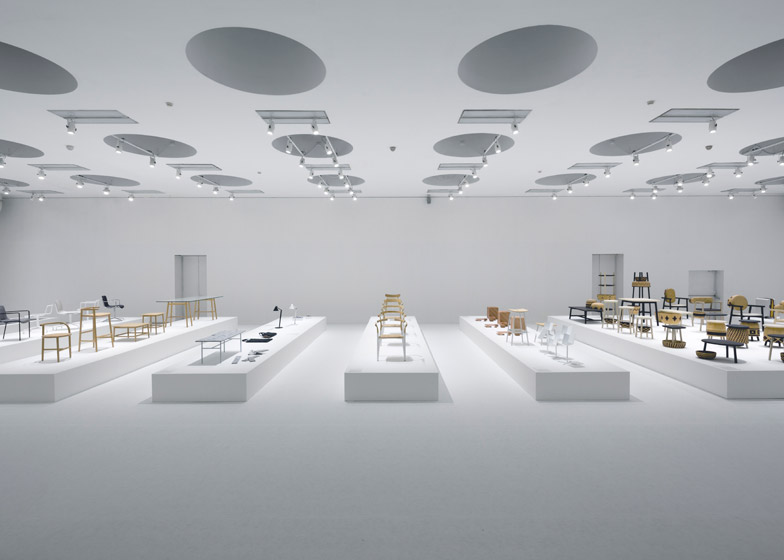
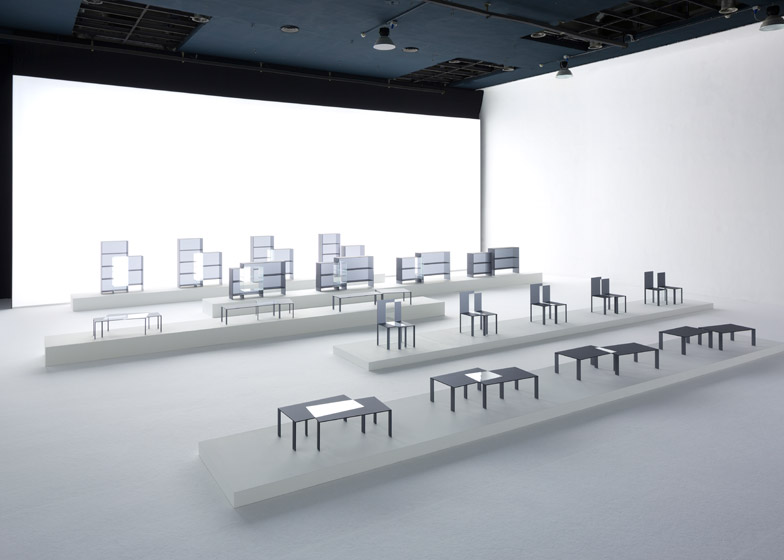
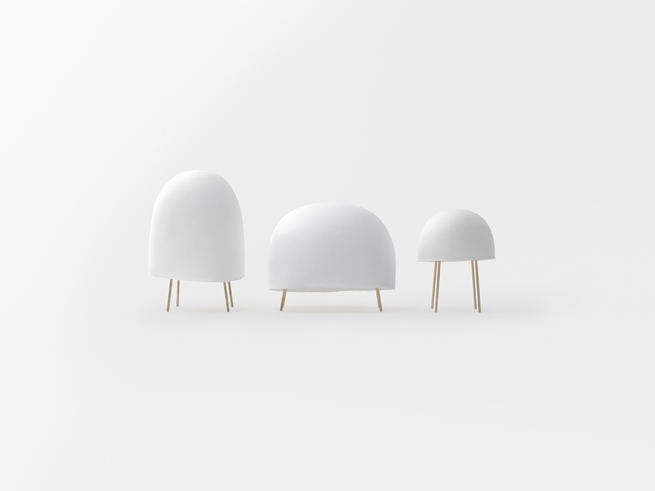
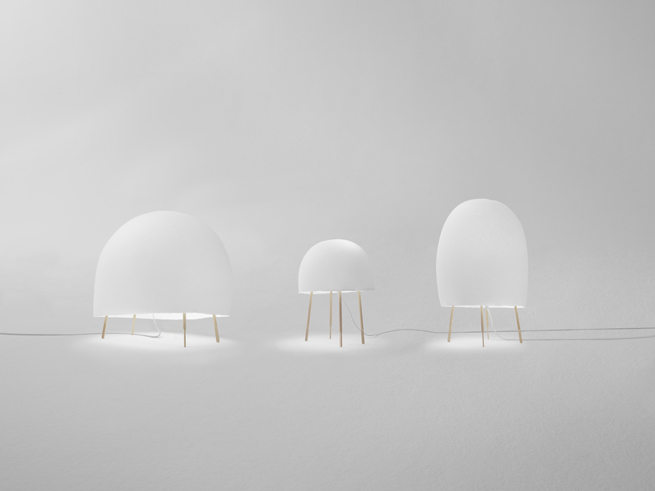

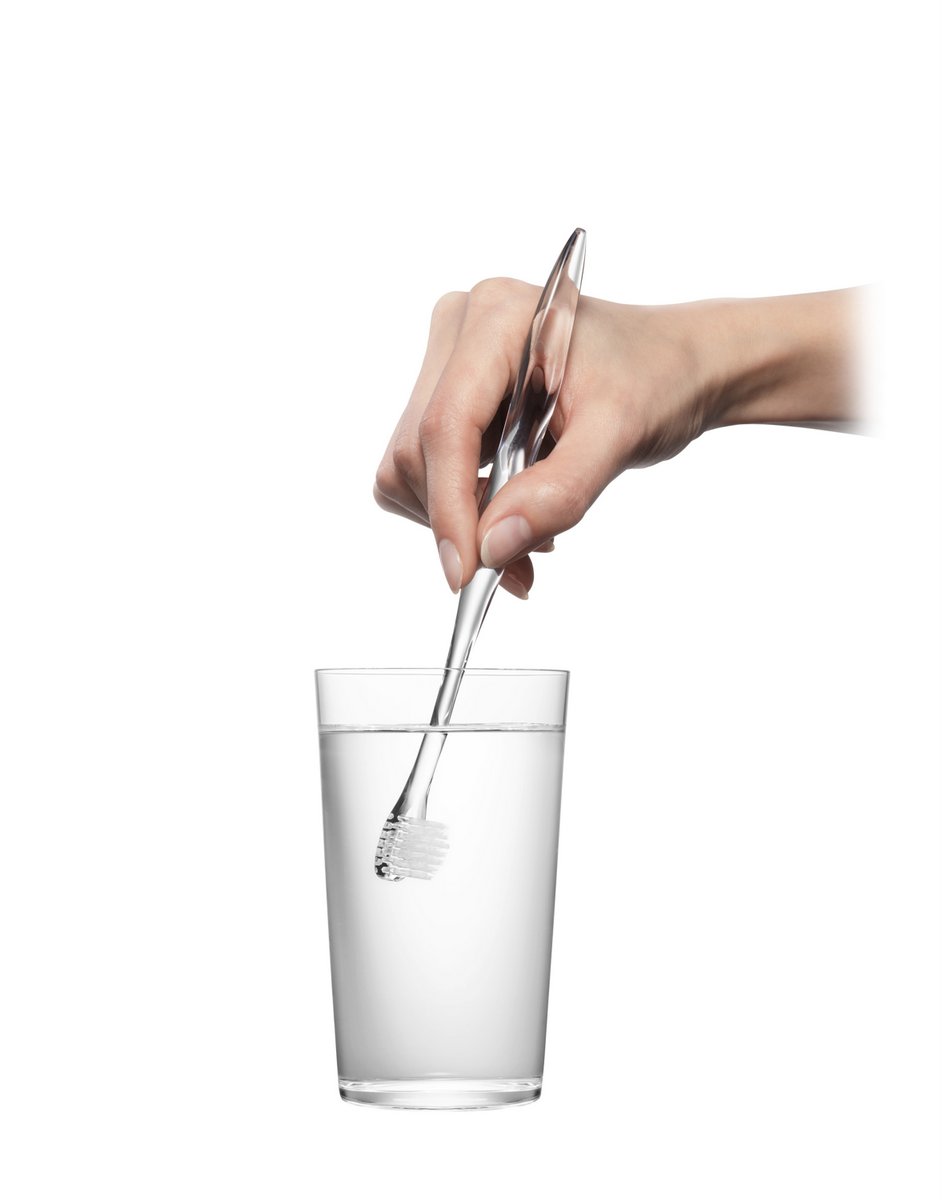
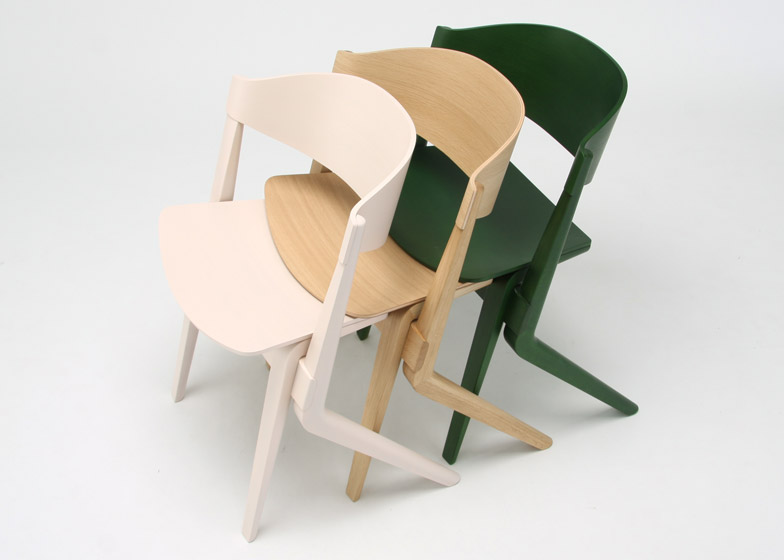
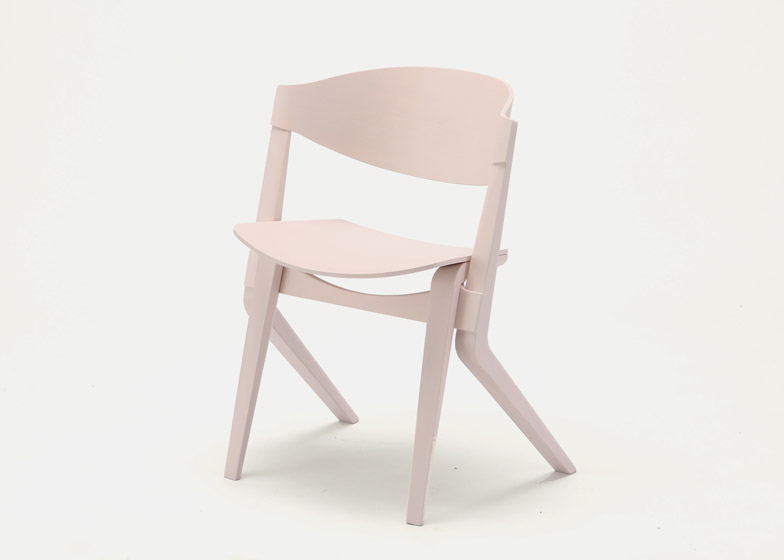
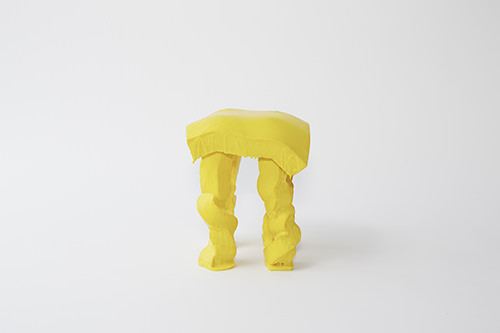
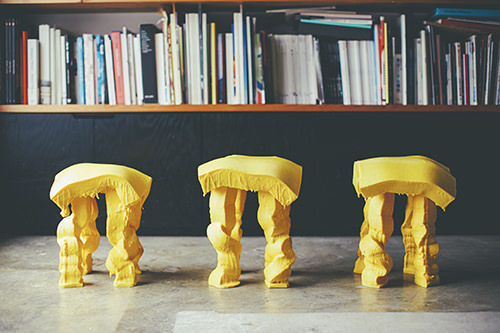
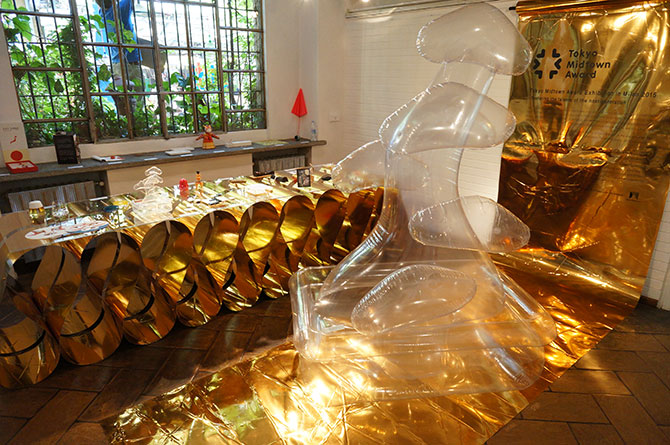
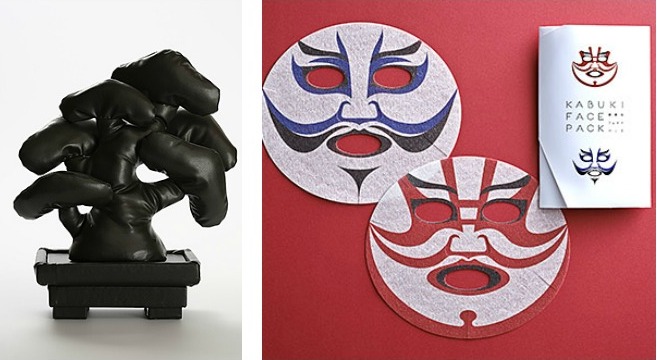
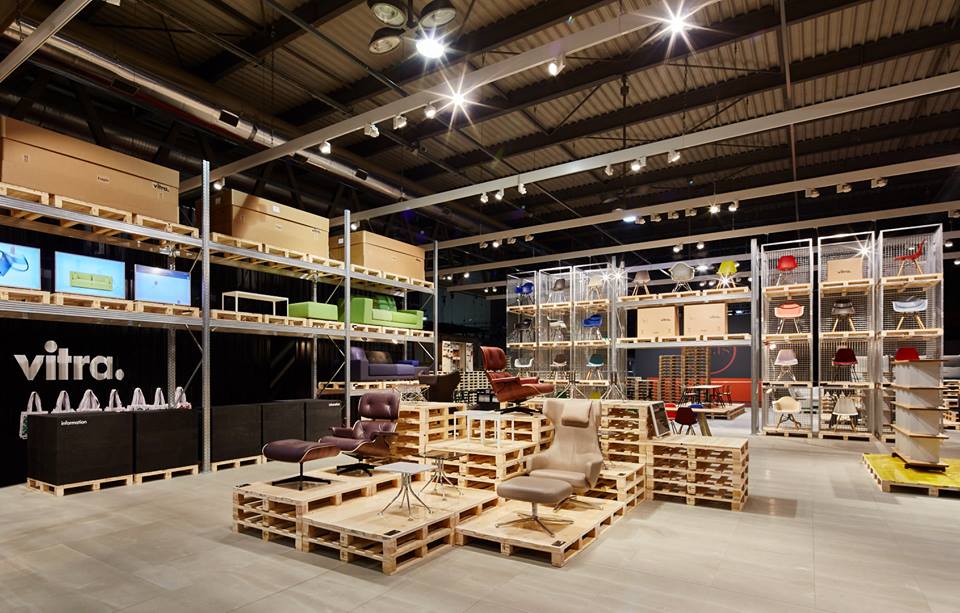
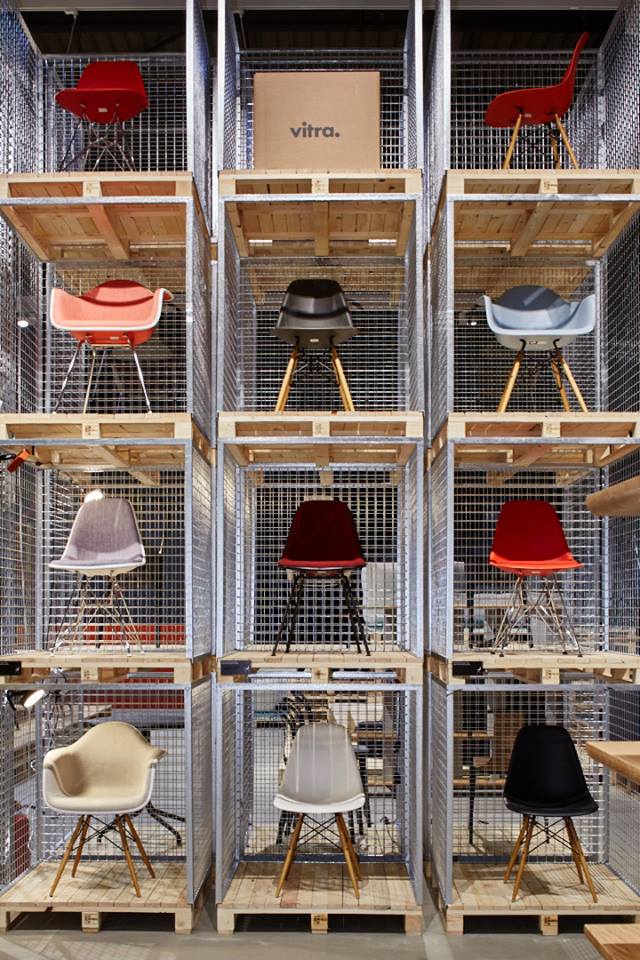
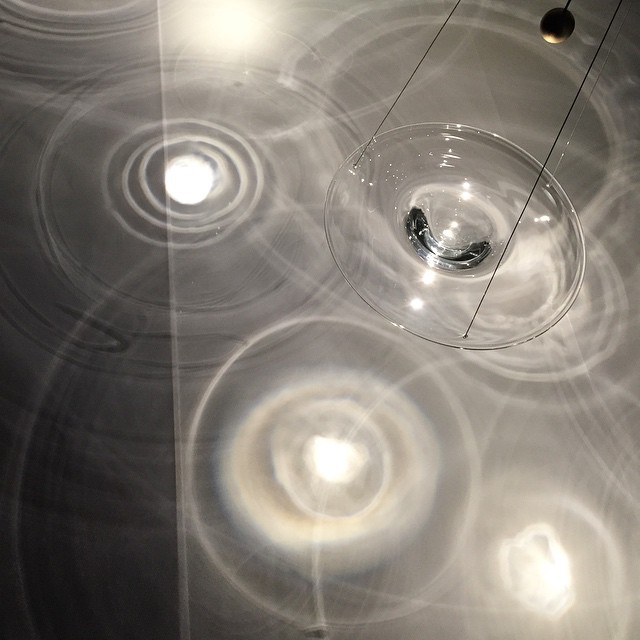
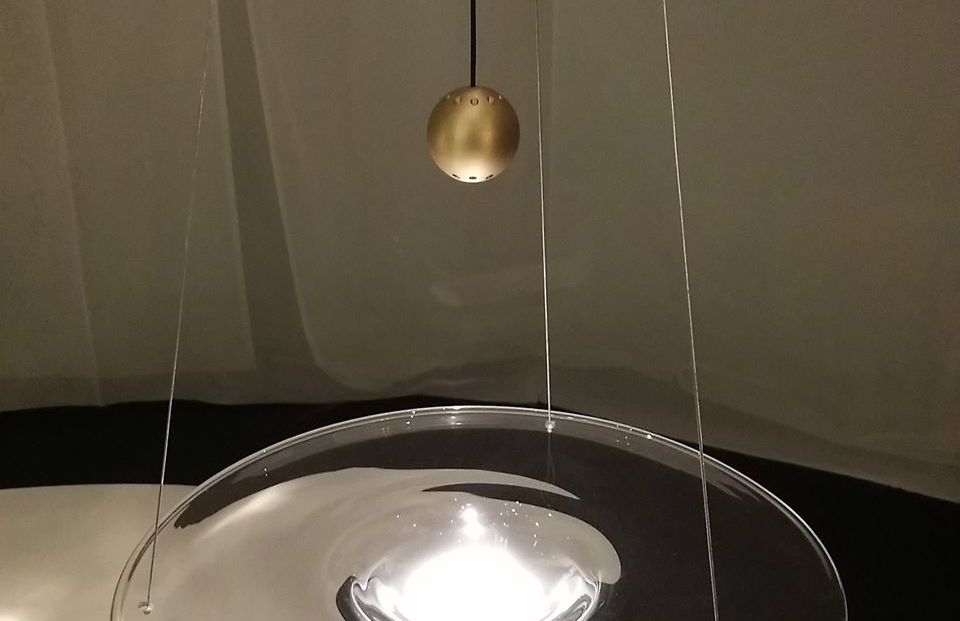
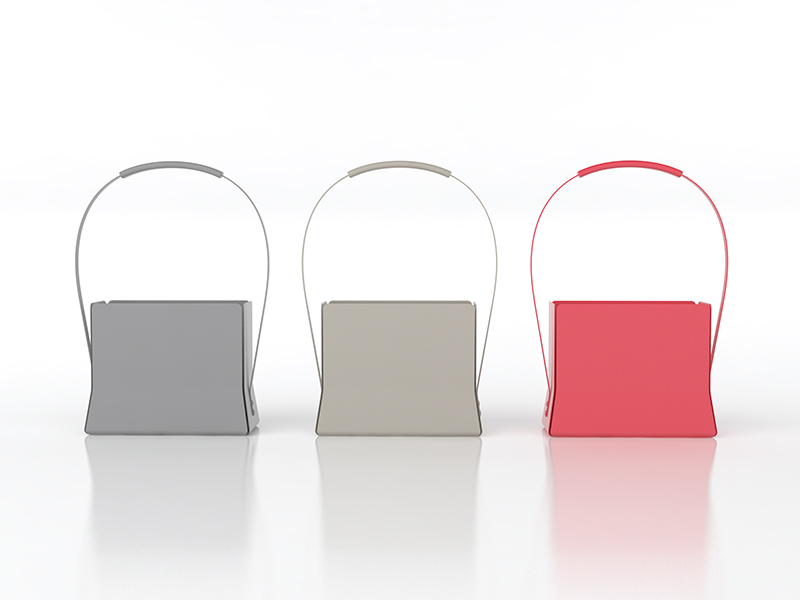

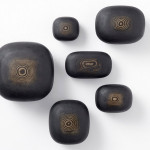
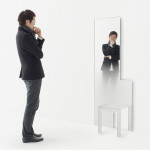
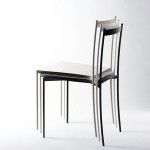
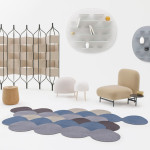


















April 18, 2015 at 7:20 am
Thank you for the wonderful virtual visit to the Japanese designs in Milan! Amazing and inspiring! Thanks again for the round-up!!